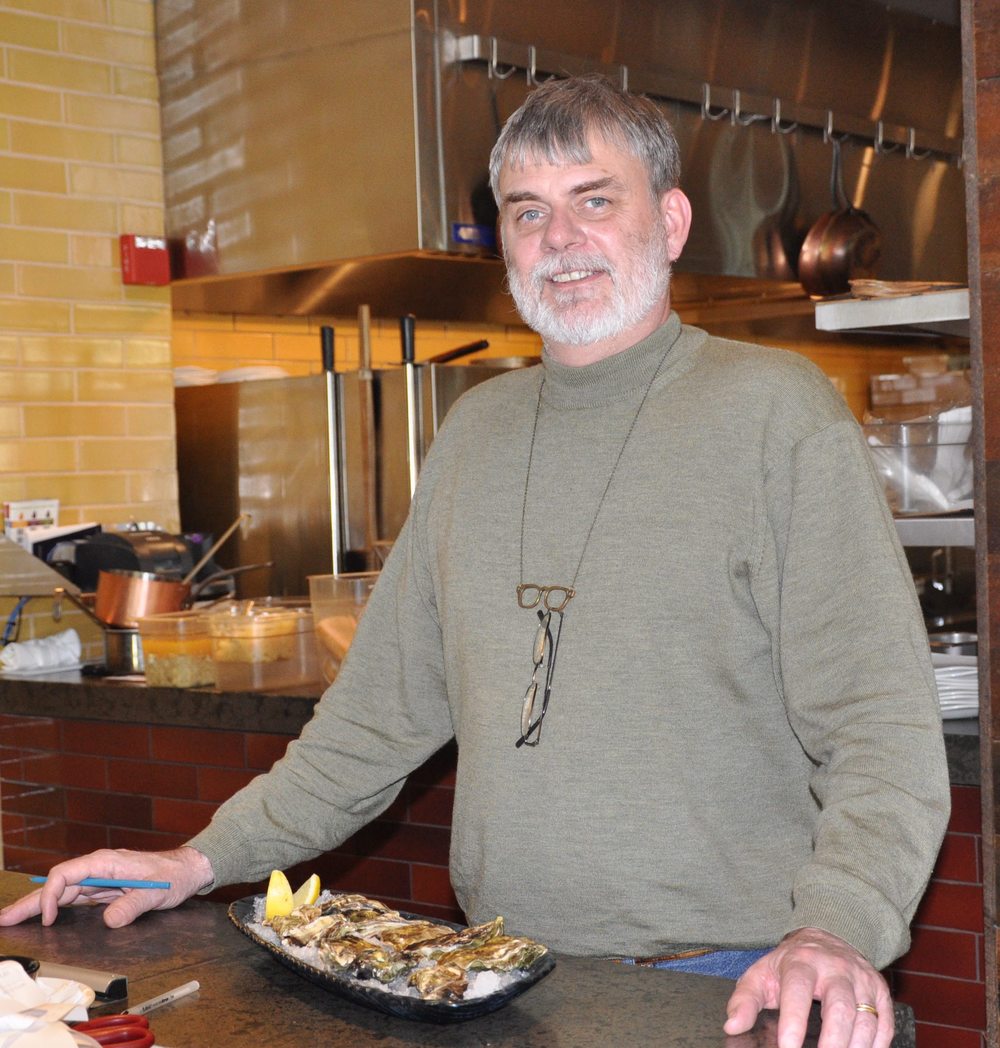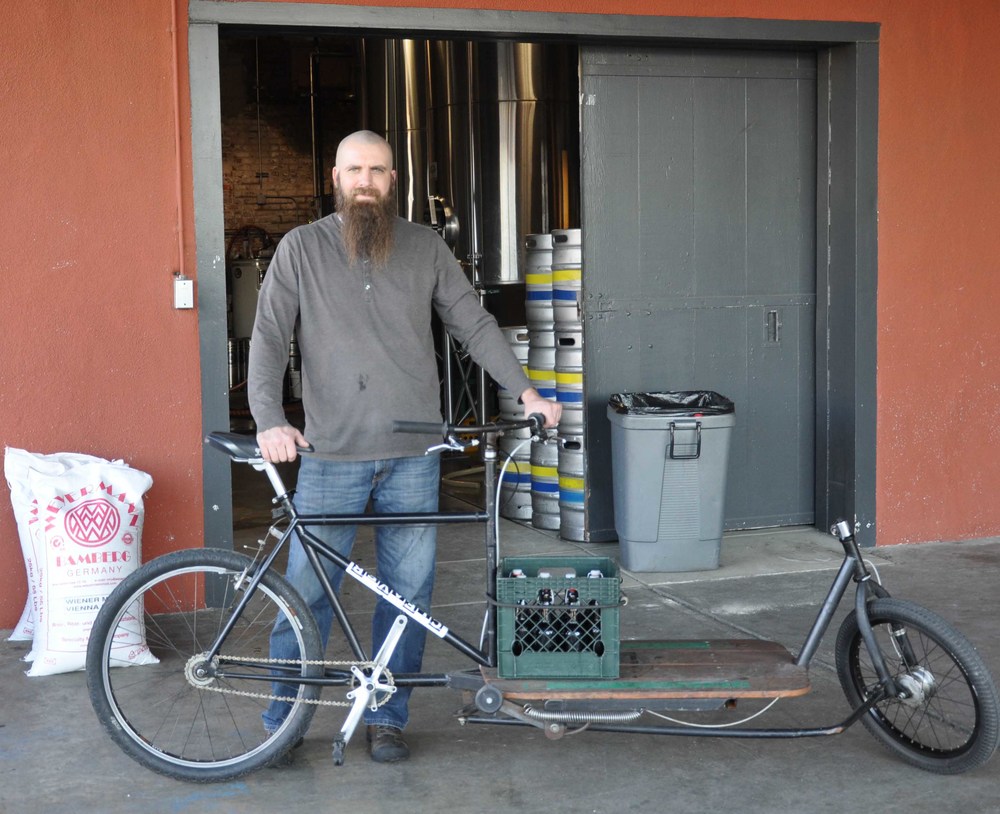this piece was originally published March 15 in Seedstock, the blog for sustainable agriculture focusing on startups, entrepreneurship, technology, urban agriculture, news and research
It’s March and spring is just around the corner. As communities begin to thaw out, and regional farmers markets prepare to start offering their first spring crops, it’s a great time for farmers’ market managers to start planning their season. Farmers already have a lot to do, and market managers can play an important role in unifying and promoting the market.
It’s no secret that farmers markets are becoming more and more popular. According to the USDA, as of mid-2011, there were 7,175 farmers markets operating across the US. This is an increase of 17% from 2010. A new local food system is growing, but it needs a boost of more robust marketing and promotion to compete with the industrial food system. Many market managers come to the job through a love of food and farming and a desire to be part of a new food movement. This is a great call to action, yet to take promoting local food to the next level, managers need to take a page from the marketing and PR units of established companies. To pull in shoppers and create buzz you can’t just be earnest — you have to be fun.
Embrace the Role of Host
We explain our philosophy of promotion to new clients as hosting a party. We don’t push a product or service at people. Instead we cultivate an atmosphere around the product or service that makes it something people want to be a part of. Inviting people to be part of something allows them take ownership and builds loyalty.
A market manager is essentially a host of the market. Treat the market like your party. Welcome your guests. Make introductions between people who should know each other. Keep an eye on who’s getting along and who’s looking left out. Then invite more people.
Create a Strong Information Hub
Most farmers markets have a table or kiosk where market goers can find a variety of local information. Some markets sell produce bags, feature recipes or information on regional tours, classes or places of interest. While that is fine, honestly it’s the bare minimum.
Market managers should make this the hub of information for both vendors and the public. Give the customers a place to go for reliable information for the days events or specials as well as what to look for in the future, thus giving customers something to look forward to. This is also a good place to clearly communicate the mission statement of the market along with its history. Consumers want to know the back-story of their food community and market too.
In promotion, you need to create events, which is most easily done by turning stuff that’s already happening into EVENTS! The distinction is largely a matter of presentation and enthusiasm. Signage should feature current market reports on what’s fresh and what’s coming next week:
“FIRST BERRIES are here! We are looking forward to a strong season. Bring on the pies.”
“Incredible asparagus across the market! Predicted heat alert — this may be one of the last weeks to have these tender tips!”
Start a countdown sign for a particularly popular item, especially at the beginning of the season when every new crop is eagerly anticipated. Advance notice helps build anticipation and buzz. Giving a heads-up about the end of a season encourages people to buy now.
Build Links Within the Food Scene
We’ve said it once, and we’ll say it again: great things happen when you connect the dots.
If there are chefs who regularly patronize the market, take it upon yourself to help promote that link. Call out a local farmer-chef spotlight of the week on a chalkboard.
“Get your arugula at Farmer Jane’s stand, and taste it on the pizza special at Mario’s all week.”
By having rotating “local spotlight” menu items, patrons can taste the product prepared by a professional, which in turn validates their decision to purchase the product as well. It’s a tie-in to the local community that can be maintained beyond the day of the market. By bringing together the chefs and the farmers, consumers have access to a greater connection to both.
To keep the good feelings going past the “event” itself, start a binder for past menu spotlights, available at the information stand.
Invite Opinion Makers
Don’t be afraid to make your own connections with bloggers and local food writers. A good market manager can help spot trends, coordinate a story, and give a head’s up about what’s coming in or out of season. (For tips on how to set up and pitch a story see our DIY Press Savvy series.) It’s a great way to generate buzz for the market and a good skill for your resume.
To be a good promoter, think beyond what is required to what kind of impact you can have. Be bold, grab attention, and whatever you do, make it fun.
_____________________
About Alisha & Polly’s company: Polish Partnerships
Polish is a branding and communications company for the new gastroconomy. By creating strong partnerships with food and beverage producers, hospitality groups and industry innovators, we go the extra distance, transforming hopes, dreams and expectations into tangible, sustainable and polished realities.


